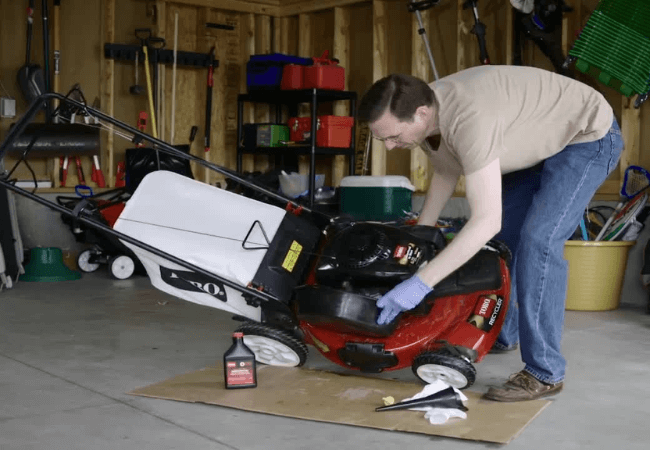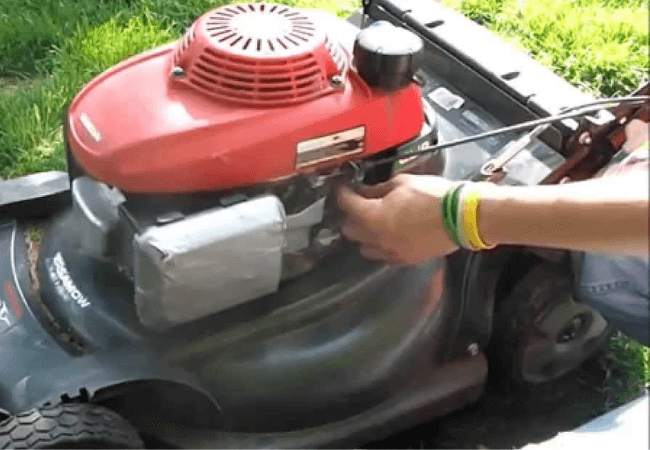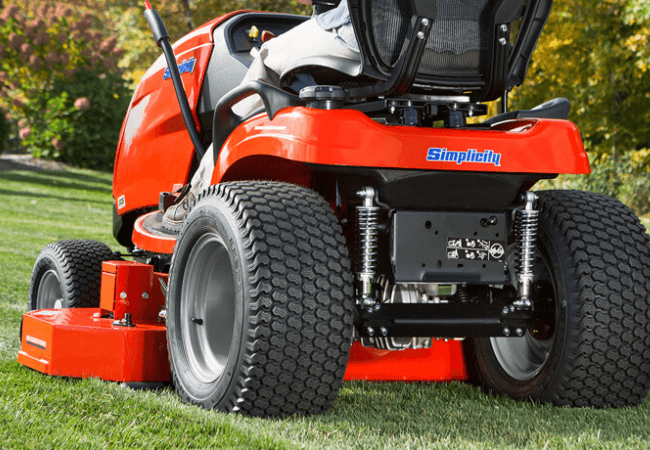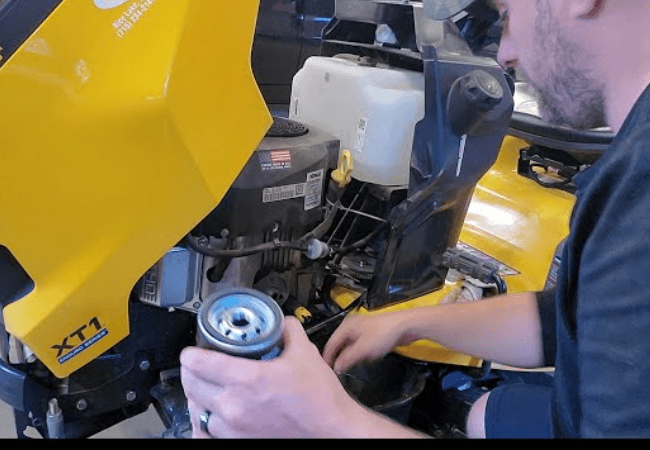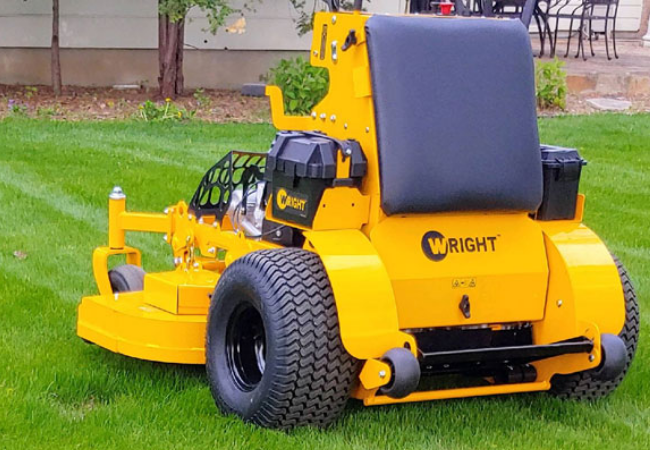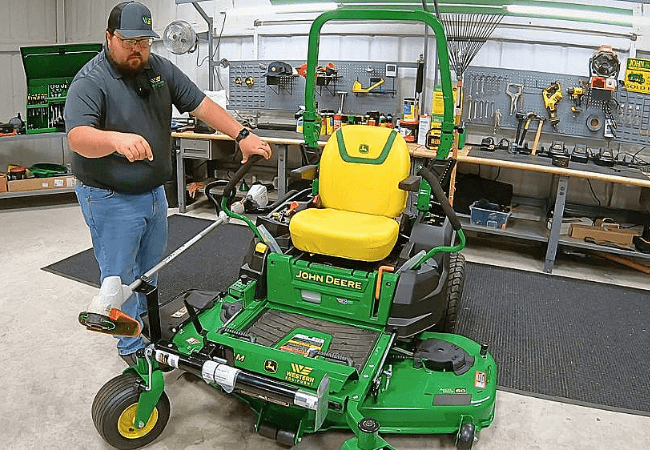A self-propelled Honda lawn mower is a valuable tool for homeowners who want to maintain their yard without exerting too much physical effort.
This type of lawn mower features an engine-powered drive system that helps move the mower forward, making it easier to maneuver around your lawn.
However, like any other machine, self-propelled Honda lawn mowers may experience common issues that can affect their performance.
In this article, we’ll discuss the importance of a self-propelled Honda lawn mower in maintaining an attractive and healthy lawn.
We’ll also explain how self-propelled lawn mowers work and highlight some of the more common issues that can arise when using them, such as the “Honda lawn mower self propelled not working” problem.
A. Explanation of how self-propelled lawn mowers work:
Self-propelled lawn mowers utilize a drive system that makes mowing the lawn easier and less strenuous.
In a Honda lawn mower, a self-propelling mechanism is powered by the engine and is designed to drive the mower forward.
A gearbox that connects the engine’s power to the wheels of the mower, propelling it forward. A handlebar control on the mower lets the operator adjust the speed of the mower or turn it off.
B. Overview of some of the more common self-propelled problems:
Although self-propelled Honda lawn mowers are generally reliable and last for years, they may still develop problems or issues over time.
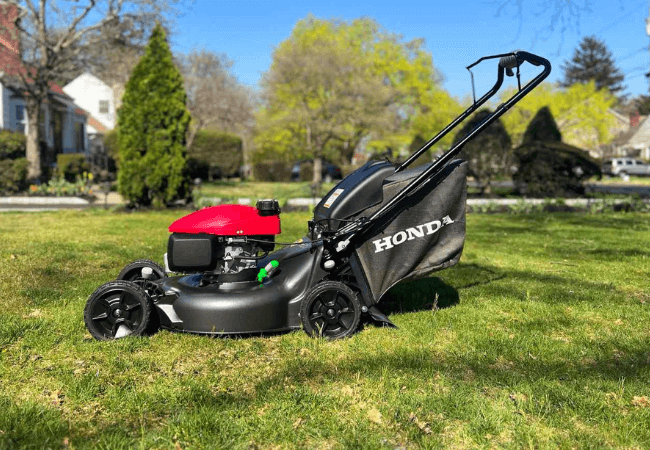
Some common problems may include the self-propelling mechanism not engaging, sudden jerky movement, the drive belt breaking or slipping, and the self-propelling mechanism operating too fast or too slow.
Other issues could be related to the engine, wheels, or blade, leading to the self-propelling system not functioning efficiently.
C. Symptoms of a Honda lawn mower self-propelled not working:
Signs of a self-propelled Honda lawn mower not working include the engine running but no motion, the mower not engaging its drive system, or an abnormal noise from the drive mechanism.
Other symptoms could be the tendency to veer to one side or the wheels sliding instead of gripping the surface.
These symptoms can quickly turn an easy task into a challenging one and reduce the efficiency of the machine.
Reasons why a self-propelled Honda lawn mower may not be working
If you own a self-propelled Honda lawn mower, you expect it to make your yard work easy and efficient.
However, there can be occasions when the lawn mower malfunctions, leaving you stranded in the middle of a mowing job.
Understanding the reasons why your self-propelled Honda lawn mower may not be working can help you troubleshoot the problem and get back to your yard work as quickly as possible.
Here are five potential causes to consider:
A. Faulty drive belt: The drive belt of your self-propelled Honda lawn mower may break or wear out over time, causing the wheels to stop turning.
You can check this by looking underneath the mower and inspect the belt for any signs of wear and tear.
B. Worn transmission: If the transmission of your self-propelled Honda lawn mower is worn out, it may not be able to provide the power needed to move the machine forward.
This is a common issue in older lawn mowers and can be identified by taking the transmission cover off and checking for any broken or worn-out parts.
C. Damaged control cable: The control cable of your self-propelled Honda lawn mower connects the throttle lever to the transmission.
If it becomes damaged, the transmission will not receive the correct signal to engage, and the mower will not move.
You can inspect the control cable by following it from the throttle lever to the transmission and looking for any kinks or breaks.
D. Clogged wheels: If the wheels of your self-propelled Honda lawn mower have accumulated a lot of grass clippings or debris, they may become clogged and unable to move freely.
Because of this, the mower may skid and its wheels may jam. This issue is generally remedied by a thorough cleaning of the wheels.
E. Other potential causes: There can be other potential causes of a self-propelled Honda lawn mower not working, such as a faulty carburetor or damaged engine parts.
If you have checked the above components and still cannot identify the problem, it is best to consult with a professional Honda mower technician.
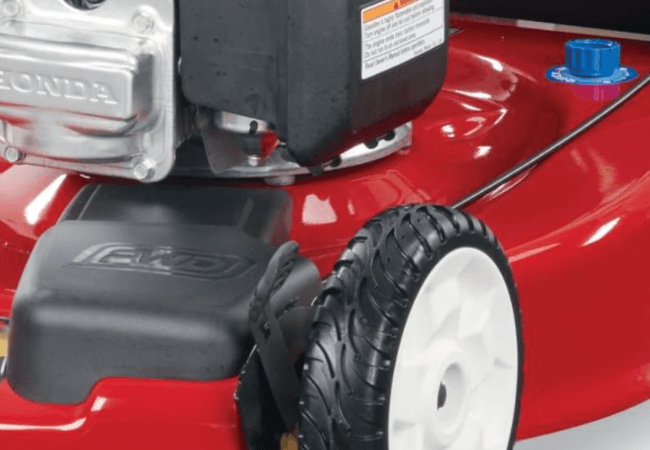
How to Diagnose and Fix a Self-Propelled Honda Lawn Mower Not Working
A. Steps to Follow
1. Check the Drive Belt – Disconnect the spark plug wire and shut down the engine on the lawnmower. Tilt the lawn mower over to access the underside of the deckTo check the drive belt for damage, wear or looseness, take off the cover.
2. Inspect the Transmission – The self-propulsion system on a Honda lawn mower is powered by a transmissionMake sure there are no leaks or other damage to the gearbox.
The gears and the driving mechanisms should be cleaned and oiled as well.
3. Check the Traction Control Cable – The traction control cable plays a crucial role in the self-propelled system.
Inspect the control cable to ensure it is not broken or damaged. Check if it moves freely and if not, try lubricating it.
4. Check the Wheels – Clogged wheels can be the cause of the mower not moving. Make sure there is nothing stuck to the wheels, such grass or dirt, by checking them.
B. Tools Required
– Socket Set
– Wrench Set
– Pliers
– Screwdriver
– Lubricant
– Replacement Drive Belt
– Replacement Transmission
– Replacement Traction Control Cable
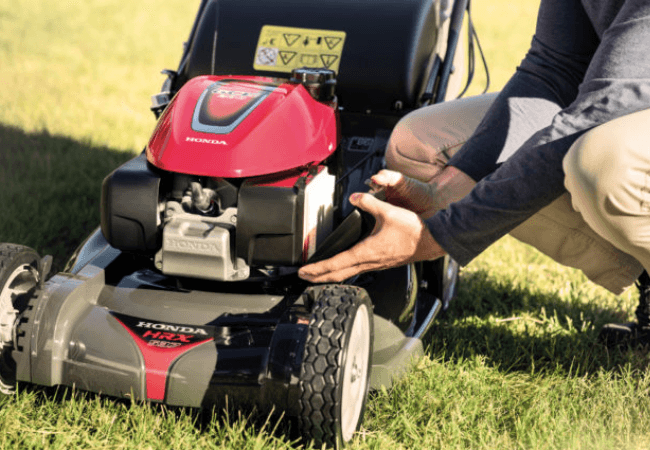
How to Fix a Self-Propelled Honda Lawn Mower Not Working
A. Repairing a Faulty Drive Belt – If the drive belt is worn, loose or damaged, it will affect the self-propulsion system.
Replace the worn out drive belt with a brand new one. For specific information on how to use your mower, please see the manual.
B. Replacing a Worn Transmission – A new gearbox is needed if the old one is leaking or broken. Take out the old gearbox and swap in the new one. For specific information on how to use your mower, please see the handbook.
C. Replacing a Damaged Control Cable – If the traction control cable is broken, it must be replaced. Disconnect the old cable from both ends and install the new one. For specific information on how to use your mower, please see the handbook.
D. Clearing Clogged Wheels – If the wheels are clogged, they need to be cleared. Lift the lawn mower and clean the wheels thoroughly with a wire brush or high-pressure water hose
Conclusion:
Regular maintenance is essential for keeping your Honda lawn mower in top working condition.
As we have seen, one common issue with self-propelled Honda lawn mowers is the traction control cable breaking or becoming misadjusted.
This can cause significant problems with the mower’s performance and can even make it unusable.
To address this issue, it is important to check the traction control cable regularly to ensure that it moves freely.
If it does not move freely, lubricating the cable with oil can often help. However, if this is not effective, it is important to replace the cable to avoid further problems.
In addition to regular maintenance of the traction control cable, there are many other steps you can take to keep your Honda lawn mower in top working condition.
These include keeping the blades sharp, checking the oil level regularly, and cleaning the air filter.
By taking these steps, you can ensure that your Honda lawn mower remains a reliable and effective tool for keeping your lawn well-maintained.
So, whether you are a seasoned pro or a first-time buyer of self-propelled Honda lawn mowers, remember to prioritize regular maintenance and upkeep to ensure maximum performance and longevity.

